Wheels, everything you need to know! From wheel size to load rating, it’s all here.
Already know your stuff? See some of our FAVOURITE BRANDS.
If you prefer to shop by vehicle type, we’ve got your favourite wheels to suit the VW T5 & T6, the VW Caddy, and the increasingly popular Ford Transit Custom & Connect platforms.
Download a PDF version of this blog here

If you’re looking to buy a new set of wheels (with intentions of improving appearance, comfort, or performance) you will need a set that fits your van correctly according to particular specifications.
You might be asking…
How do I choose the right wheels for my needs?
What’s PCD?
What offset should I be running and how do I calculate it?
What size of alloys will work best with my suspension setup?
What tyres do I need for my wheels?
Our wheel-dedicated blog post will give you everything you need as a van owner to make an educated decision on the most suitable (practically & aesthetically) wheels for your build. Here you’ll find the pros & cons of wheel size & width, the tricky-to-grasp offset debate, PCD, and, most importantly, load ratings attached to wheels & tyres alike.

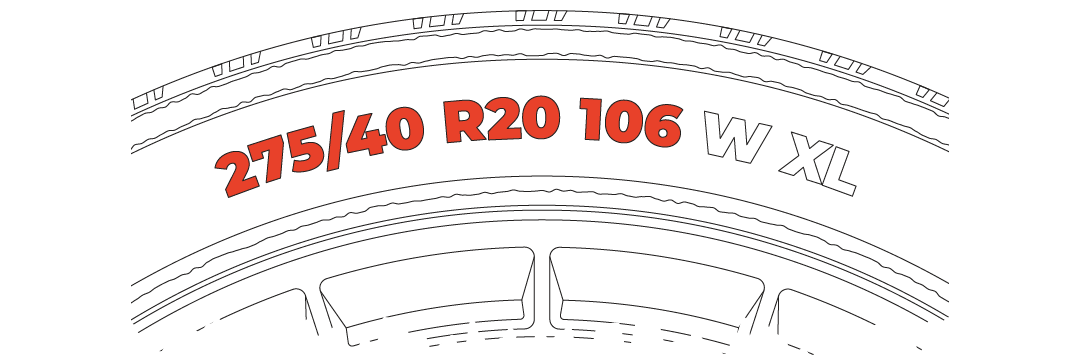
- 275 WIDTH The width of the tyre measured in millimetres. This is largely determined by the actual rim width & can be increased or decreased to achieve perfect tyre fitments.
- 40 PROFILE Tyre profile is, effectively, the depth of the tyre wall. The 40 refers to the ratio of tyre wall to tyre width. Therefore, our tyre above has a tyre wall 40% (or 0.4) the depth of 275mm. This gives us a tyre profile of roughly 110mm.
- R20 DIAMETER This is the most self-explanatory part of the tyre wall. The 20 simply refers to the actual rim diameter this tyre is designed to fit. Once again, this is measured in inches.
- 106 LOAD Tyre load ratings are usually displayed as 2 or 3-digit numbers. These are as (if not more) important than your wheel’s load rating. These numbers correspond to load ratings in KG per tyre.

The first question you should be asking yourself might be…
What am I using my van for?
Answering this question may be able to help you decide on whether you need alloy wheels or steels.
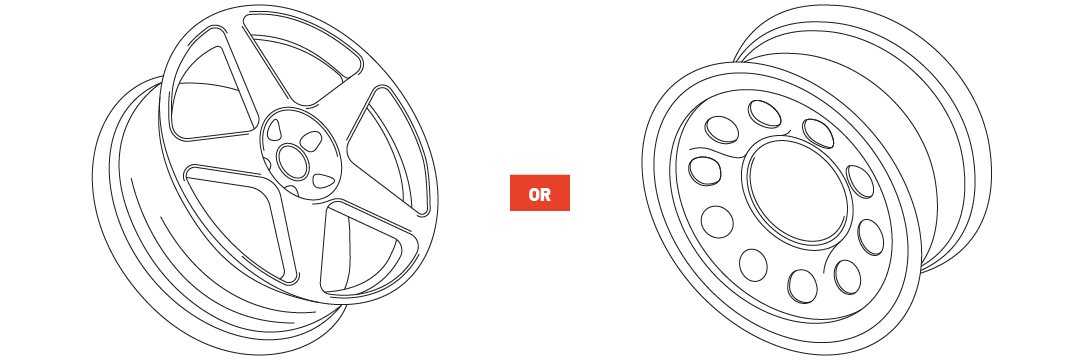

Wheel size is perhaps the most deterministic factor when deciding on a set. When browsing our wheels, the two dimensions to take notice of are rim diameter (measured in inches) and rim width (also measured in inches).
In terms of diametre, bigger is usually better. Well, not too big. We, along with many other camper enthusiasts, have found 20” to be the sweet spot. That being said, popular sizes range from 16” to 20” depending on the application.
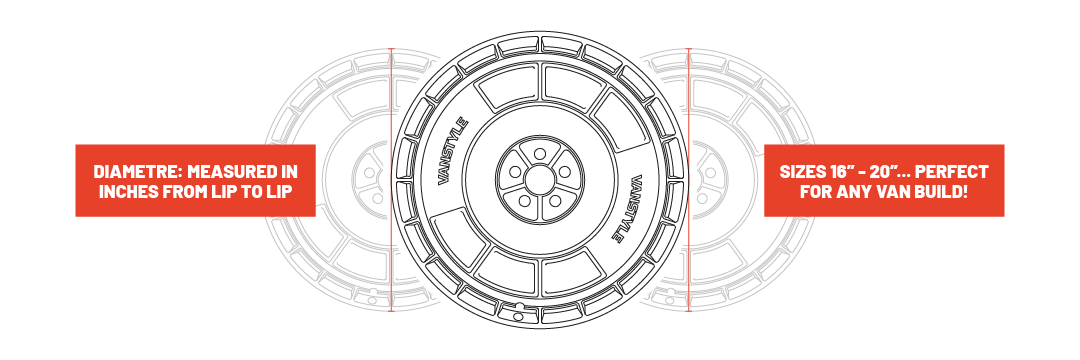
You’ll see this displayed most frequently as 20×8.5 for example. The ‘20’ refers to the diameter of the wheel in inches.
Width is a slightly more important factor than the previously mentioned diametre. This measurement largely determines how the wheel behaves on the road, what size tyres you buy, and the overall rolling resistance of the wheels.
Manufacturers typically don’t fit wheels any wider than 7J. We’ll come back to that ‘J’ later. From a manufacturer’s point of view, 7J is more than enough to achieve the desired levels of grip, comfort, and support the vehicle requires.
However, we, as van owners, want more. Much like diametre, bigger, in this case, wider, is better. We want 8J, 9J, and even up to 10J on some staggered width sets. Let’s take a look at how this is measured.
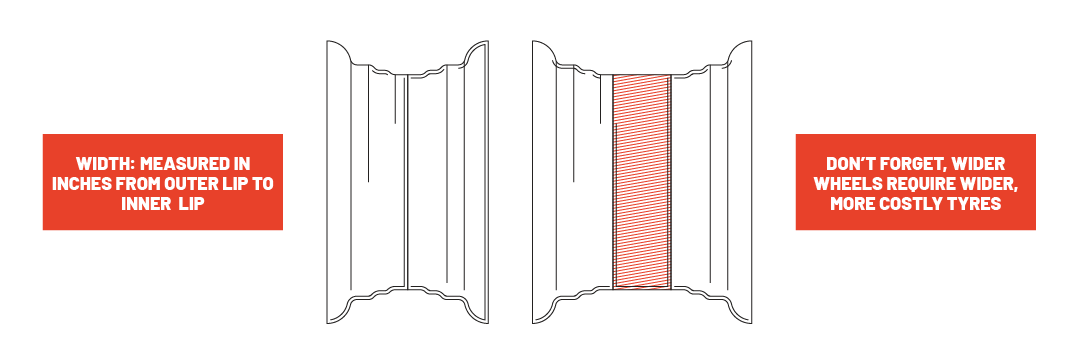
Again, you’ll find this represented most frequently as 20×8.5 or something similar. The ‘8.5’ refers to the width of the wheel in inches. As a stand-alone measurement, this will likely be displayed as 8.5J.

Put simply, PCD, or Pitch Circle Diameter, is the distance between the mounting holes on both your hub and wheels alike. This measurement, unlike size & width, is represented in millimetres. Some of our common PCDs at Vanstyle are 5×120, 5×108, and 5×112.
The first half of this measurement is simple. The 5 represents the number of holes per wheel. The second number represents the diameter of the pitch diameter circle. Simple as that. As long as you fit wheels with the same PCD as your current one (or according to your van’s spec) they’ll fit like OE wheels.
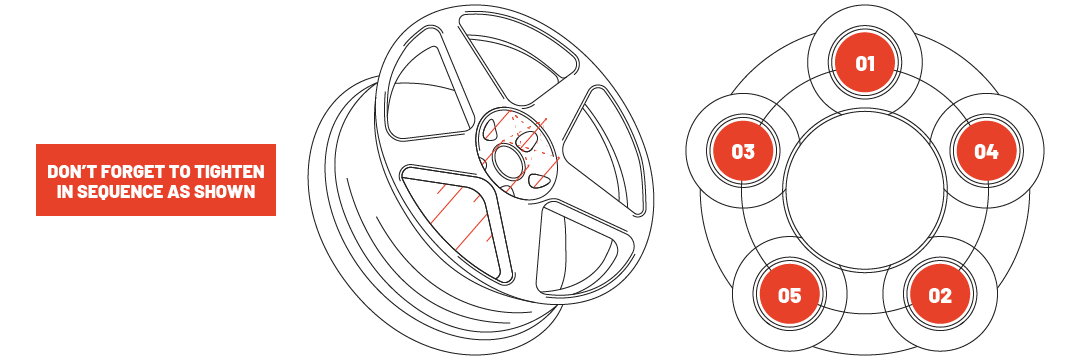

Offset, like many of the previous points, is an important factor when selecting the right wheels for your van. Put simply, offset (often seen as ET) determines how far in or out the face of your wheel sits in relation to the mounting surface. This is most commonly referred to as ‘poke’.
A lower positive offset (let’s say et32) gives more poke than a greater positive offset (et50). 18mm more to be precise.
That’s right, offset is also measured in millimetres.
Typically, the offset can be found stamped on the back of a spoke.
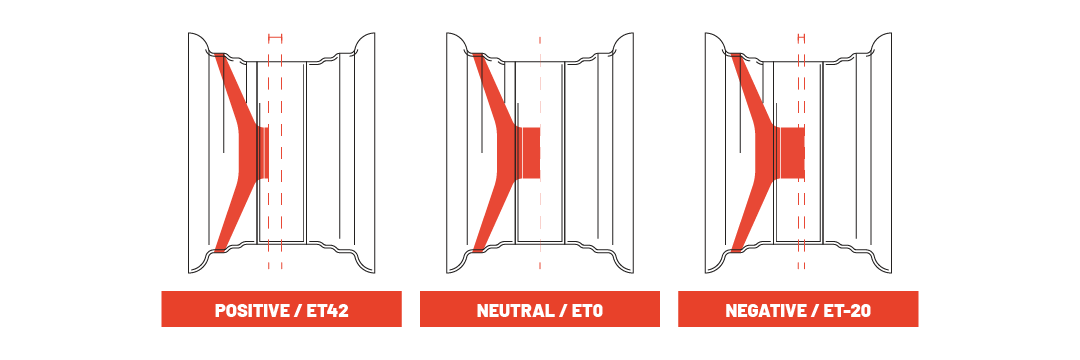
Each of the above wheels shares the same width, only the offsets vary. A positive offset places the mounting surface towards the face of the wheel in relation to the centre line, whilst a negative offset places the mounting surface further towards the rear of the wheel. ET0 is neutral positioning.

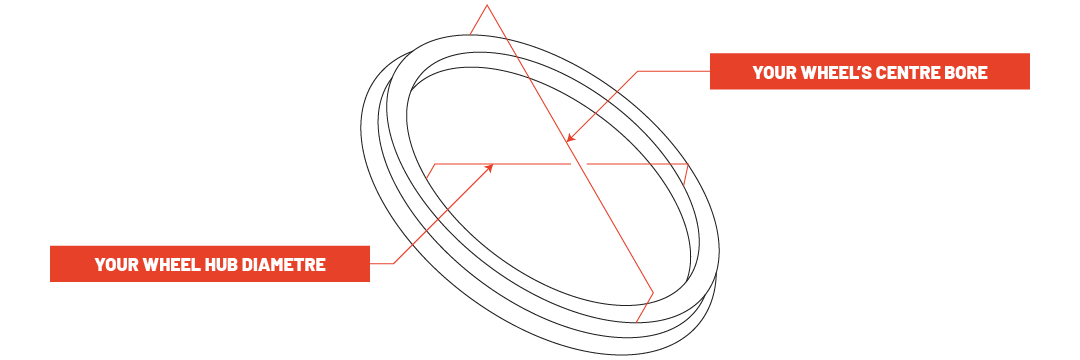
Measured in millimetres, the centre bore of a wheel is designed to fit snugly over the hub on your vehicle. OE wheels almost always match since they are specifically tailored to the vehicle in question. However, since aftermarket wheels aren’t vehicle specific, a spigot ring is likely going to be a necessary component to make the wheel fit that hub snugly.
This shouldn’t be a worry for you, however. We supply all wheels with the correct spigot rings (if required at all). One we see very often is 72.6mm – 65.1mm. Quite self-explanatory, this spigot ring adapts your 76.2mm wheel centre bore to fit the fixed 65.1mm hub diameter. Get it?
Always use spigots where required! They’re vital to a safe-fitting wheel.

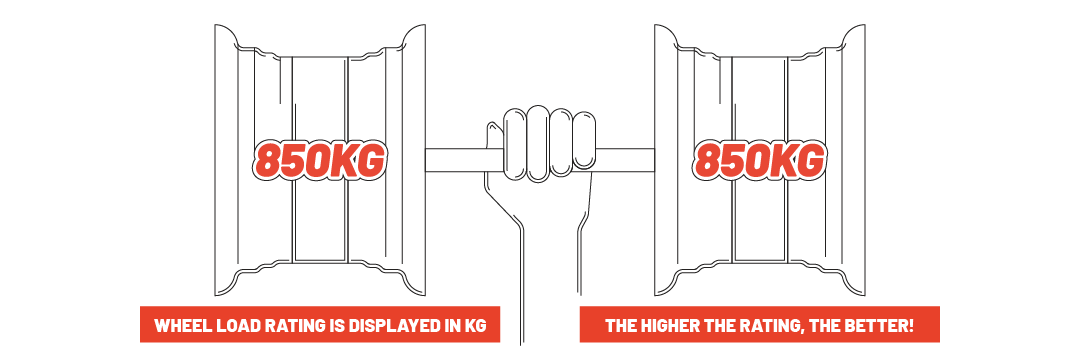
Load ratings are arguably the most influential factor when selecting new wheels for a commercial vehicle. If they don’t meet your axle weights, they can’t be installed. Simple as that.
Don’t let this get you down, however. We, at Vanstyle, pride ourselves on offering a wide variety of hand-picked wheels from some of the world’s leading manufacturers, chosen specifically to be run on even the weightiest of campers. Rest assured, we’ve got you covered!
How might I check my vehicle’s axle weight?
Luckily, manufacturers make this really simple to check.
On most vans, this can be found on the vehicle plate located in a prominent area, typically in the door jamb or under the bonnet. Let’s take a VW for example, it should look a little something like this.
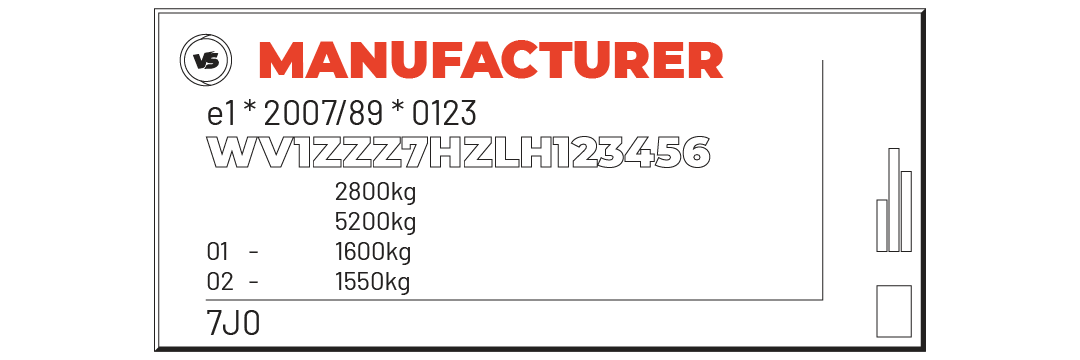
Here’s how a typical chassis plate might look on your van
The chassis plate contains vital information about your vehicle, including your chassis number as well as some important numbers around your van’s towing and carrying capabilities.
Let’s go through the numbers.
- 2800kg gives us the vehicle’s gross weight. In the Transporter world, this is where we get the T28 designation.
- 5200kg resembles the vehicle’s gross weight plus the maximum allowed trailer load.
- 01 – 1600kg gives us the vehicle’s front axle weight.
- 02 – 1550kg gives us the vehicle’s rear axle weight.




.png)
